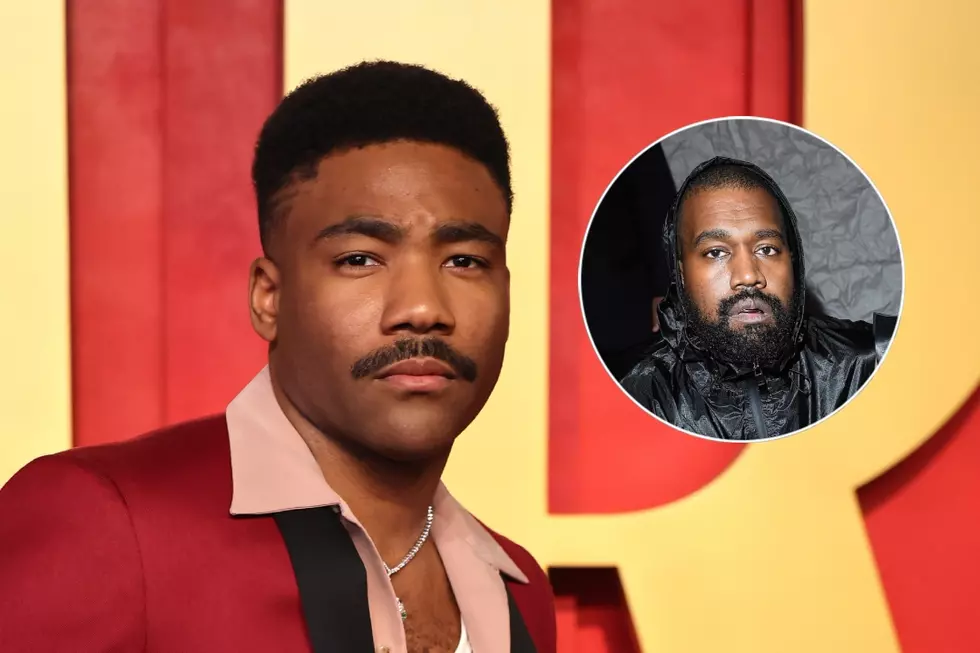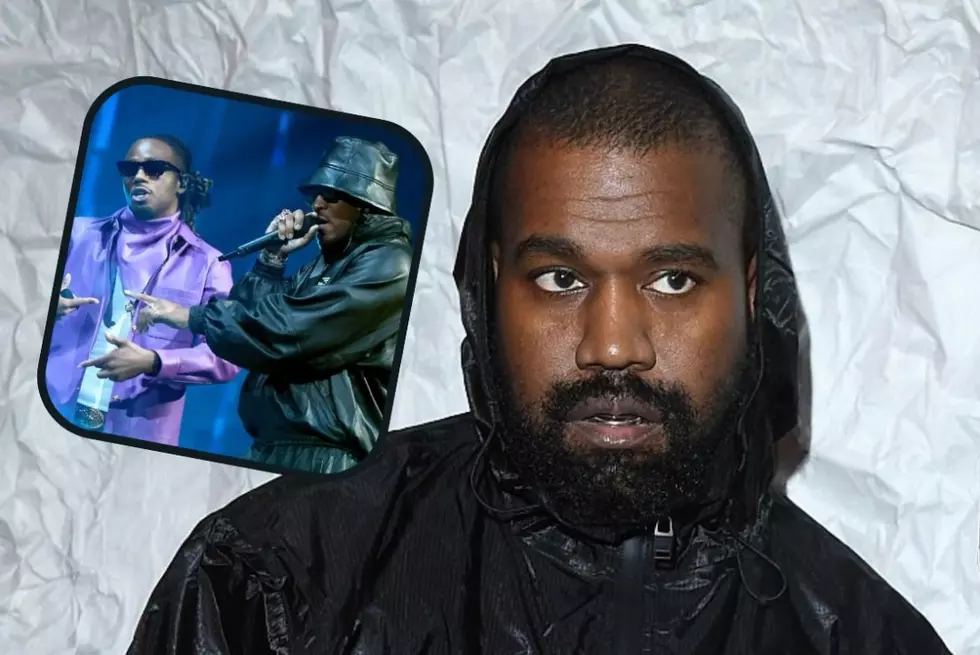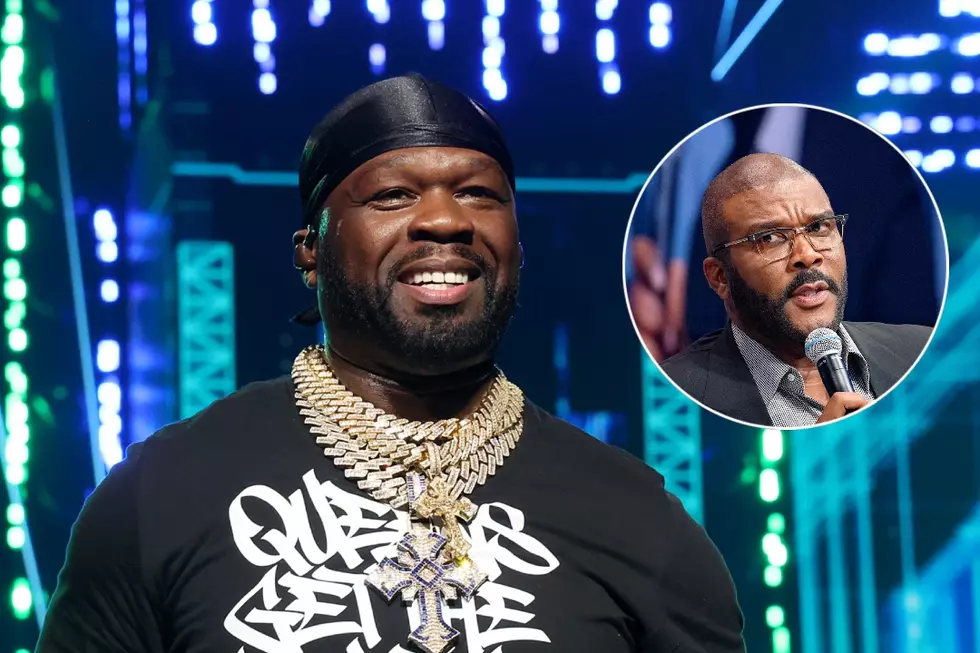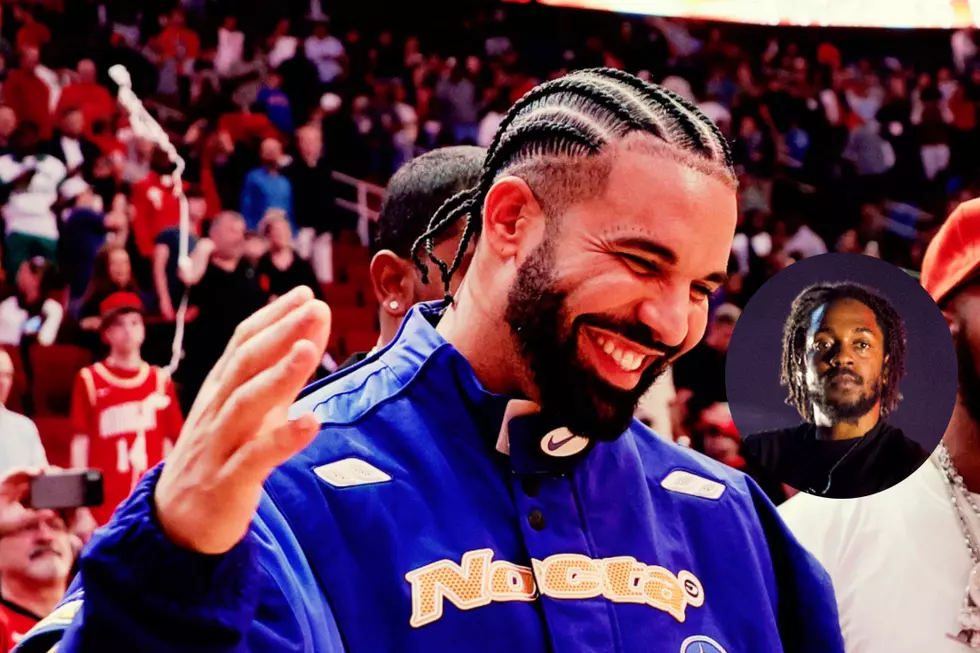
FEATURE: Too Hard To Lift
[Editor's Note: This interview appears in the December 2008 issue of XXL Magazine.]
How many deaths did gangster rap suffer in 2008 alone? And which was the least noble?
Was it Rick Ross getting outed as a former corrections officer and continuing to deny it, even in the face of incontrovertible proof? Was it Ice-T showing his age, and his lack of perspective, by losing a YouTube battle to Soulja Boy? Was it Shawty Lo bringing a camera around Bankhead and asking about T.I.’s neighborhood bona fides? Was it the unearthed criminal records that seemed to indicate Plies wasn’t quite the “definition of real” he proclaimed to be? Was it the venerable G-Unit, who, this summer, released their second (and best and hardest) album, T.O.S. to general indifference? Or was it that one of the more hooliganish rapper moments of the year came from Kanye West, of all people, who, along with his manager Don C, attacked a paparazzo at an airport and demolished his camera? Even Suge Knight plays nice with the paparazzi these days. Where have all the thugs gone?
Not long after the late-’80s media began using the term to describe a burgeoning style of brash, street-oriented hip-hop with lyrical focus on criminal behavior, gangster rap became the dominant strain of the genre. Its characteristics (or, at least, its affects) so flooded the form as a whole that, over time, the term lost precision in meaning. Over the past two decades, most of rap’s biggest stars have presented themselves, at least in some ways, as gangsters.
These days, though, the gangster icon is being replaced by that of the player, the bohemian, the seducer, the nerd, the precocious kid. Increasingly, any rap that markets itself as street rap is likely to be a footnote. Just a few years ago, 50 Cent brought about a tidal shift in the tone of the genre, out-thugging the competition to install the ultimate bad guy at the top of the food chain. Now, in 2008, that’s but a fast-fading memory.
Ask Styles P of the Yonkers hardcore trio The Lox how the climate for street rap is these days, and his answer comes quick and blunt: “It’s bad. It’s real bad… The past five years, there hasn’t even been a lot of gangster rap… If I started my career today, I think I’d be in a real fucked-up position.”
Last year, when Kanye West and 50 Cent faced off in a sales battle, Kanye seemed like the obvious underdog. 50 was a juggernaut and a bully; Kanye, by comparison, seemed small and humble. Until the first-week numbers came out, that is, with the fashionista besting the thug by more than 250,000 copies.
It was perhaps the first indicator of a shift that now seems to be in full flower. Suddenly, among the dance-rap teens, the hipsters and the bohemians, street rappers seem fewer and farther between. They’re not totally off the scene. Says Baby, CEO of New Orleans’s Cash Money Records, “Jeezy did it. Ross did it. Plies doin’ it. They came up the same way we did.” But the climate seems less and less forgiving. Even though Young Jeezy landed atop the album chart earlier this year, it was with such a small sales number that it left only the question: Is he the last of a dying breed?
For more of the Too Hard To Lift Interview pick up XXL’s December issue on newsstands now.
More From XXL









